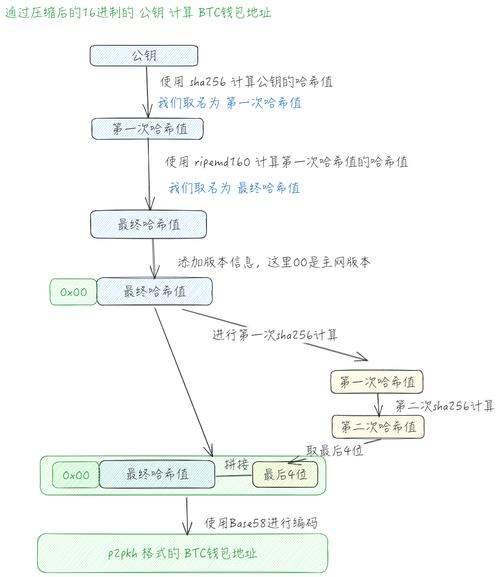Understanding Blockchain Web: A Comprehensive Guide for You
Understanding Blockchain Web: A Comprehensive Guide for You
Are you intrigued by the concept of blockchain but find yourself overwhelmed by the complexity? Well, you’re not alone. Blockchain technology has been making waves in various industries, and its potential is vast. In this article, we will delve into the intricacies of the blockchain web, providing you with a detailed and multi-dimensional introduction. So, let’s embark on this journey together and explore the fascinating world of blockchain.
What is Blockchain?
Before we dive into the blockchain web, it’s essential to understand what blockchain is. Simply put, blockchain is a decentralized digital ledger that records transactions across multiple computers. It ensures transparency, security, and immutability, making it an ideal solution for various applications.
How Does Blockchain Work?

Blockchain operates through a network of nodes, which are essentially computers connected to the network. These nodes validate and record transactions in a series of blocks. Once a block is filled with transactions, it is added to the chain, creating a chain of blocks, hence the name “blockchain.” Let’s take a closer look at the key components of blockchain:
-
Blocks: These are the individual units of data that contain a list of transactions. Each block has a unique identifier called a hash, which is generated using cryptographic algorithms.
-
Transactions: These are the records of financial or other types of exchanges that occur on the blockchain. They include information such as the sender, receiver, amount, and timestamp.
-
Hash: A hash is a unique digital fingerprint generated for each block. It ensures the integrity of the data and allows for easy verification of the block’s contents.
-
Proof of Work (PoW): This is a consensus mechanism used to validate transactions and add new blocks to the blockchain. Miners compete to solve complex mathematical puzzles, and the first to solve the puzzle gets to add the new block to the chain.
The Blockchain Web: A Multi-Dimensional Introduction

Now that we have a basic understanding of blockchain, let’s explore the various dimensions of the blockchain web:
1. Decentralization
Decentralization is one of the most significant advantages of blockchain technology. Unlike traditional centralized systems, where a single entity controls the data, blockchain distributes the data across a network of nodes. This ensures that no single entity can manipulate or control the data, making it more secure and transparent.
2. Transparency
Blockchain provides a transparent and immutable ledger of transactions. This means that anyone can view the transaction history, but no one can alter it. This level of transparency is particularly beneficial in industries such as finance, supply chain, and healthcare, where trust and accountability are crucial.
3. Security
Blockchain’s security is one of its most compelling features. The use of cryptographic algorithms ensures that data is encrypted and secure. Additionally, the decentralized nature of blockchain makes it nearly impossible for hackers to compromise the entire network.
4. Immutability
Once a block is added to the blockchain, it cannot be altered or deleted. This ensures the integrity of the data and provides a reliable and verifiable record of transactions.
5. Smart Contracts
Smart contracts are self-executing contracts with the terms of the agreement directly written into lines of code. They automatically enforce and execute the terms of the contract, reducing the need for intermediaries and lowering transaction costs.
6. Use Cases
Blockchain technology has a wide range of applications across various industries. Some of the most notable use cases include:
-
Finance: Cryptocurrencies like Bitcoin and Ethereum are built on blockchain technology, providing a decentralized and secure way to transfer value.
-
Supply Chain: Blockchain can be used to track and verify the origin and authenticity of goods, ensuring transparency and reducing fraud.
-
Healthcare: Blockchain can help secure patient records, streamline administrative processes, and improve data sharing between healthcare providers.
-
Real Estate: Blockchain can simplify property transactions, reduce fraud, and provide a transparent and secure way to record property ownership.
7. Challenges and Limitations
While blockchain technology offers numerous benefits, it also faces some challenges and limitations:
-
Scalability: Blockchain networks can struggle to handle a large number



